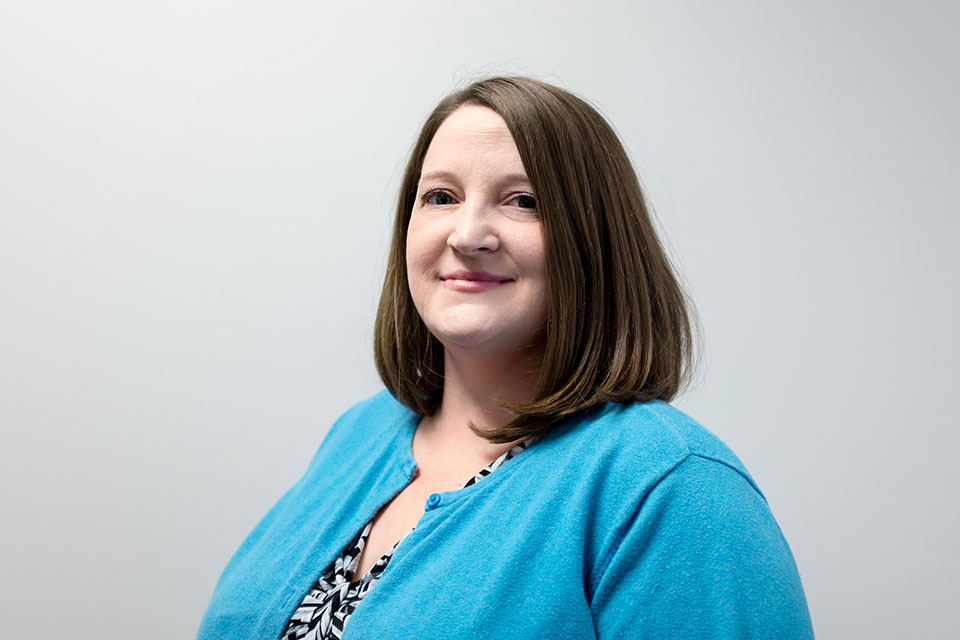Kameny, R., DeRosier, M., Taylor, L., McMillen, J., Knowles, M., & Pifer, K. (2014). Barriers to career success for minority researchers in the behavioral sciences. Journal of Career Development, 41(1), 43-61.doi:10.1177/0894845312472254
The United States falls short in the diversity of its scientific workforce. While the underrepresentation of minority researchers in the behavioral sciences has been a concern for several decades, policy and training initiatives have been only marginally successful in increasing their number. Diversity plays a critical role in our nation’s capacity for research and innovation, yet current approaches prove inadequate. The current study used a qualitative approach to investigate the institutional, cultural, skills, and personal career barriers faced by minority researchers in the behavioral sciences. Data were collected from a select group of minority researchers (defined for this study as women and/or people of color) who attended a three-and-a-half day intensive workshop developed specifically to address career barriers. Seventy-two percent (n=43) encountered workplace barriers relating to race/ethnicity; 26% reported barriers related to gender. Implications for policy and practice are discussed.


